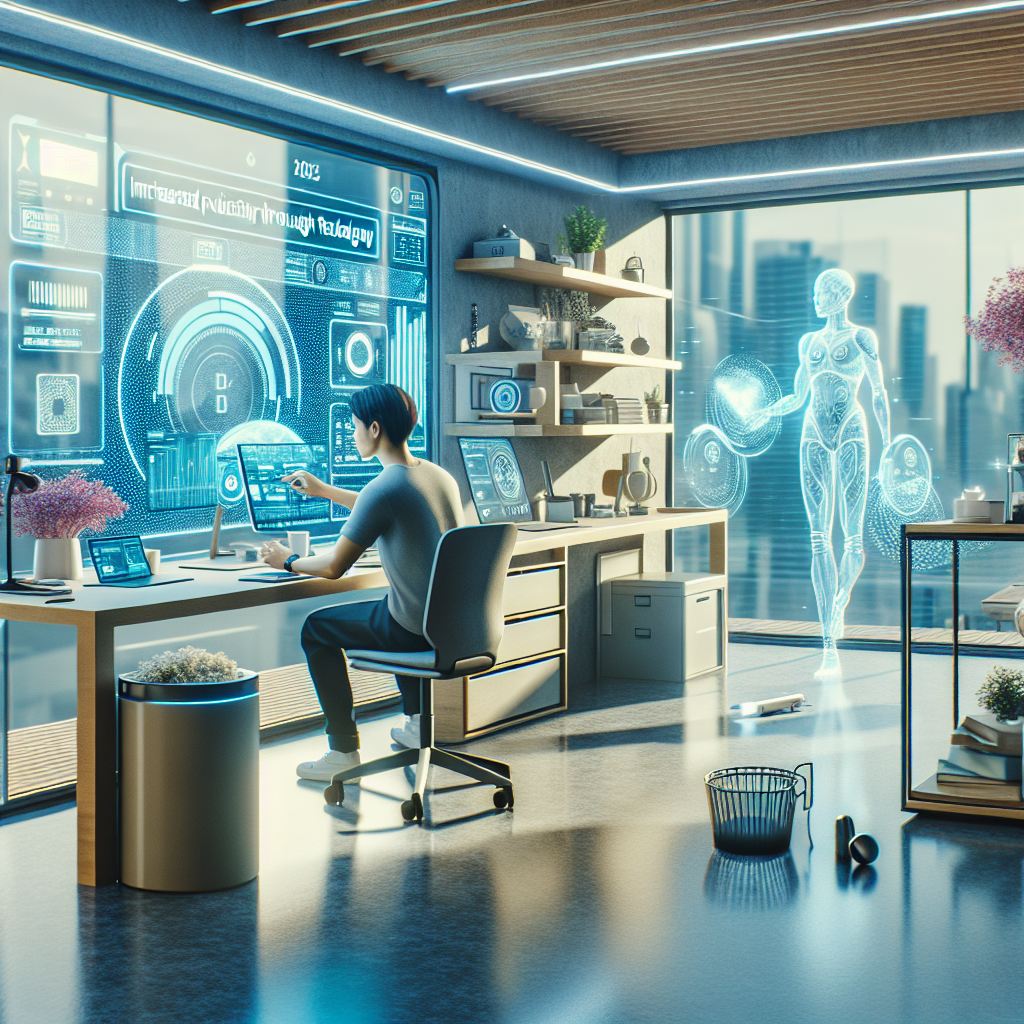How a 1 MHz Atari 2600 Totally Crushed ChatGPT at Chess in 2025
In a world dominated by fast, powerful AI models, a surprising event unfolded in 2025: a 1 MHz Atari 2600, a gaming console from the late 1970s, outplayed ChatGPT at chess. This unexpected chess defeat stunned experts and enthusiasts alike, challenging assumptions about computational power and strategic thinking. How could such an old machine outperform one of the latest AI technologies? The answers reveal not only the intricacies of chess strategy but also lessons about AI design, optimization, and the essence of intelligence itself.
The Rise and Limits of Modern AI in Chess
ChatGPT and its Chess Capabilities
Since its launch, ChatGPT has amazed users with conversational fluency and problem-solving skills. By 2025, it was routinely challenged in games and puzzles, including chess. However, ChatGPT was not originally designed as a chess engine—it excelled in language tasks but struggled with deep strategic planning.
– Strong at interpreting chess notation and discussing openings.
– Limited in real-time calculation and board evaluation compared to specialized engines.
– Reliant on probabilistic predictions rather than exhaustive search.
The Chess Defeat highlighted these limitations starkly. Despite immense computational resources, ChatGPT’s generalist design meant it could be outmaneuvered in a domain demanding precise tactical foresight.
Specialized AI vs. General AI
Unlike ChatGPT’s language-oriented approach, traditional chess AIs are optimized for fast, rule-based evaluation. This difference explains why brute force alone doesn’t guarantee victory.
– Chess-specific algorithms use evaluation functions, pruning techniques, and opening/endgame databases.
– General AI models often approximate solutions probabilistically, lacking domain-specific heuristics.
– Even contemporary models like AlphaZero innovate with neural network pattern recognition but require extensive training focused exclusively on chess.
The Atari 2600’s Legacy and Capabilities
An Era-Defining Console
Released in 1977, the Atari 2600 carried a mere 1.19 MHz MOS 6507 processor and just 128 bytes of RAM. Designed for simple games like *Space Invaders* and *Pitfall!*, its hardware is laughably underpowered by today’s standards.
Yet, it pioneered how software efficiency and clever programming could maximize limited resources:
– Developers used assembly language to write tight, optimized code.
– Game designs maximized gameplay within severe memory constraints.
– The Atari fostered an ethos of creativity under technical limitation.
Rethinking What Makes AI Effective in Chess
The astonishing chess defeat prompted researchers to reconsider the qualities that lead to chess excellence.
– Efficiency: The Atari’s chess program was tiny but highly optimized.
– Deterministic logic: Using rule-based heuristics avoided stochastic errors.
– Focused scope: Unlike ChatGPT, Atari programs were dedicated entirely to chess.
How Optimization and Heuristics Tricked ChatGPT
1 MHz Powerhouse: Programming the Atari Chess Engine
The Atari chess program ran on an engine created decades ago, refined for simplicity and accuracy:
– Move evaluation was based on material count and positional heuristics.
– Reduced branching factor by prioritizing promising moves first.
– Emphasized lookahead search optimized for Atari’s limited cycles.
This approach contrasted significantly with ChatGPT’s broad neural network calculations, which, though powerful, lacked targeted pruning and domain expertise.
Key Tactics Behind the Chess Defeat
– Employed “negamax” search algorithm for efficient two-player game analysis.
– Used handcrafted opening libraries to avoid pitfalls in the early game.
– Exploited sure-win sequences, forcing ChatGPT into unfavorable positions.
How ChatGPT’s Neural Architecture Faced Challenges
ChatGPT operated on transformer-based models, excellent for language but less suited for tactical game-playing without supplementary chess modules.
– Insufficient real-time search depth in complex board states.
– Ambiguity in move evaluation due to probabilistic, context-driven outputs.
– Vulnerable to exploitation by deterministic, rule-focused opponents.
The Outcome and What It Means for AI Development
Lessons for the AI Community
The chess defeat underscored that more compute power and broader models do not guarantee superiority in specific tasks.
– Domain expertise and specialized heuristics remain crucial.
– Overgeneralization can reduce effectiveness in strategic games.
– Efficiency in algorithmic design can sometimes beat brute force.
Influence on Future Hybrid AI Designs
Since the incident, AI researchers have accelerated efforts to blend general language models with dedicated game engines:
– Integrating symbolic reasoning with neural networks.
– Developing modular AI systems to switch between conversational and tactical modes.
– Applying retro-computing strategies to enhance efficiency in constrained environments.
What the Chess Defeat Reveals About Intelligence
Beyond technology, this event raises philosophical questions about intelligence itself:
– Is raw computational power the best measure of smartness?
– Does mastery emerge from focused practice or flexible generalism?
– How can AI balance speed and depth to achieve true strategic thinking?
Best Practices for AI Innovation Inspired by the Atari Victory
– Prioritize specialized modules within broader AI to optimize task-specific performance.
– Embrace lightweight, rule-based algorithms alongside deep learning.
– Invest in continuous algorithm refinement, focusing on pruning and heuristics.
For companies or developers looking to harness AI effectively, combining efficiency with knowledge-based logic remains a winning formula.
Explore Further: Understanding Chess Engines and AI
To delve deeper into chess programming and AI strategies, visit [Chess Programming Wiki](https://www.chessprogramming.org).
A New Era in AI Chess Strategy Begins
The 2025 chess defeat of ChatGPT by a 1 MHz Atari 2600 reminds us that innovation lies as much in smart design as in raw power. Specialized knowledge, resourceful programming, and focused heuristics can outplay even the most advanced general AI models. For AI practitioners, this serves as a powerful reminder to blend domain expertise and efficiency into their systems.
Ready to enhance your automation and AI projects with cutting-edge insights? Contact us at https://automatizacionesaiscend.com and discover how to achieve smarter, more efficient outcomes in your workflows.


